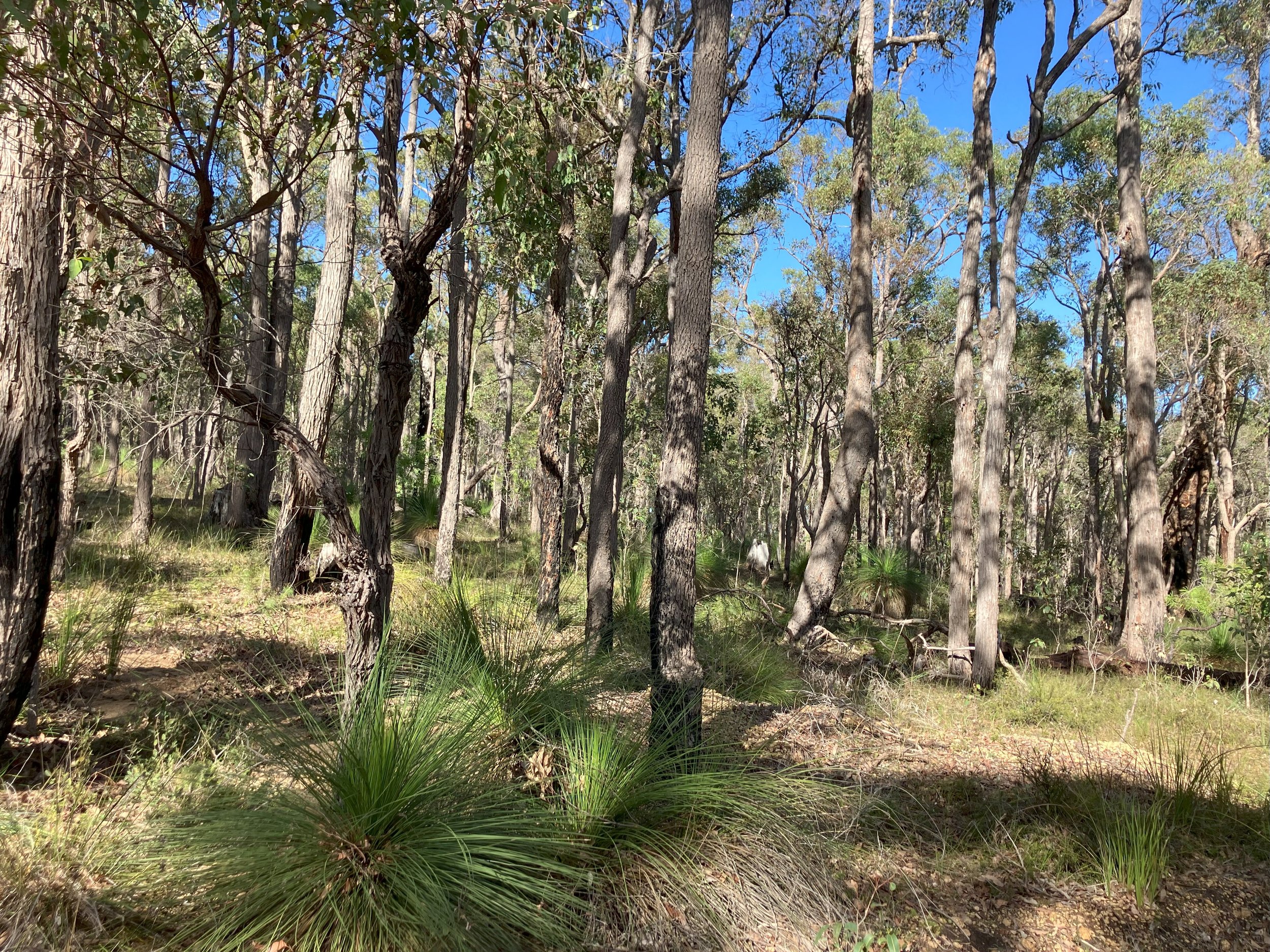
Forest School
Six Principles of Forest School.
Long-Term Principle
Forest School involves frequent and regular sessions within the natural environment, rather than a one-off visit. It's a sustained process that allows for deeper connections with nature over time. Planning, adaptation, observations, and reviews are integral elements of Forest School¹.
Nature Principle
Forest School takes place in a natural wooded environment to support the development of a relationship between the learner and the natural world.
Child-Led Learning
Forest School encourages children to take charge of their own learning. It's about fostering rich learning experiences, ecological literacy, and healthy living by connecting children to nature. Focus is on engaging all the senses and allowing children to explore and discover in a natural setting.
Ecological Impact and Sustainability
Forest School programs constantly monitor their ecological impact and work within a sustainable site management plan agreed upon by the landowner/manager, practitioners, and learners. The aim is to develop long-term environmentally sustainable attitudes and practices in staff, learners, and the wider community.
Collaborative Structure
A Forest School program has a structure based on observations and collaborative work between learners and practitioners. This structure should demonstrate clear progression of learning over time.
Use of Natural Resources
Forest School uses natural resources for inspiration, enabling ideas and intrinsic motivation. Whether it's building shelters, creating art, or exploring the environment, natural materials play a central role in the learning process.
Forest School is more than an education - it's about fostering a deep connection with nature and nurturing lifelong environmental stewardship.
